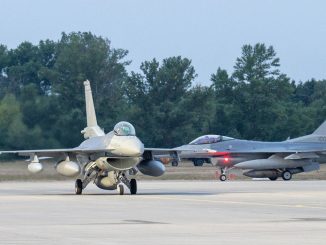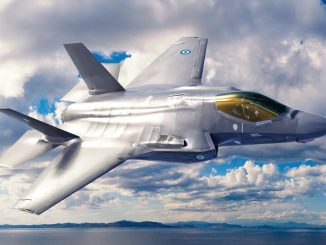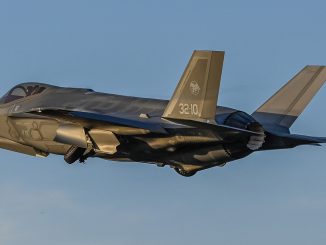
This is a little known story of the 1973 Yom Kippur War.
Even if the McDonnell Douglas F-4 was developed as an interceptor in response to the need of the U.S. Navy to protect their aircraft carriers, the ultimate version of the Phantom II was the USAF F-4E, a multi-role fighter which was also sold to several air forces around the world.
One of the countries to operate the F-4E was Israel, which procured the first examples of the plane in 1969 and later made it the mainstay of its air power: the mighty Phantom took part in all the major Arab-Israeli conflicts.
In 1973, during the Yom Kippur War, the Israeli Air Force (IAF) found itself facing an Arab air forces coalition which not only included Egyptian and Syrian fighter squadrons, but also units from Algeria, Iraq, Libya, and… North Korea, which deployed a MiG-21 squadron to Bir Arida to protect Egypt’s south, according to “Hammers: Israel’s Long-Range Heavy Bomber Arm: The Story of 69 Squadron” that contains details about the North Korean involvement in the war.
Obviously, at the time, IAF pilots didn’t know that some of the MiGs they would face were from North Korea. However, the first engagement between North Korean and Israeli pilots took place on Oct. 6, 1973, when two F-4 Kurnass (Sledgehammer) pairs from 69 and 119 Squadrons were scrambled from Ramat David Air Base for a patrol over the Gulf of Suez sector.
The F-4s of the two squadrons were teamed together, with the 69 pair (which had their crews formed by Shadmi and Gur on board the first aircraft and Shpitzer and Ofer on the other one) leading the mission.
It was only after a long patrol, when the jets were already low on fuel, that the F-4s were vectored towards Egypt’s west-northwest: even though they were flying at high altitude, between 20,000 and 25,000 feet, Gur spotted the pair on his radar, at lower altitude, in a position where achieving a radar lock would be extremely difficult. With the help of a GCI (Ground Control Intercept) station, the Israeli Phantoms tracked the enemy formation. Although at a suitable distance for an AIM-7 shot, the two F-4s could not engage the enemy planes because bad weather prevented them from identifying the “bandits.”
However, seconds later, the Israeli pilots saw the two MiG-21s and immediately engaged them: one of the MiGs disappeared, while the other Fishbed was forced into a 1 vs 2 combat.
Alone against the two Kurnass (supported by two additional F-4s from 119 Squadron which were flying overhead), the MiG pilot could not escape missile-lock: first, Shadmi and Gur launched an AIM-9D; a second later, they launched another Sidewinder which was followed by a third AIM-9D launched by Shpitzer and Ofer from the other Kurnass.
All the missiles exploded very close to the MiG, but the Fishbed continued flying.
With little gas remaining for more dogfighting, the Israeli Phantoms were forced to skip the engagement and return to base. As they turned eastbound, Gur looked at the MiG and noticed the Fishbed was leaving a white smoke trail. Suddenly, after the F-4s had crossed the coastline, Gur saw the trail of a SAM (Surface to Air Missile) and then an explosion at around 20,000 feet quite close to the MiG-21: Egyptians had shot down one of their aircraft (as later confirmed by the IAF Intelligence)!
Only after the end of the war did the pilots become aware that the MiG-21 belonged to North Korea.

Today, the 69 Squadron “Hammers” is based to Hatzerim Air Base and flies the powerful F-15I Ra’am (Thunder), which replaced the mighty F-4 Kurnass beginning in 1998.



